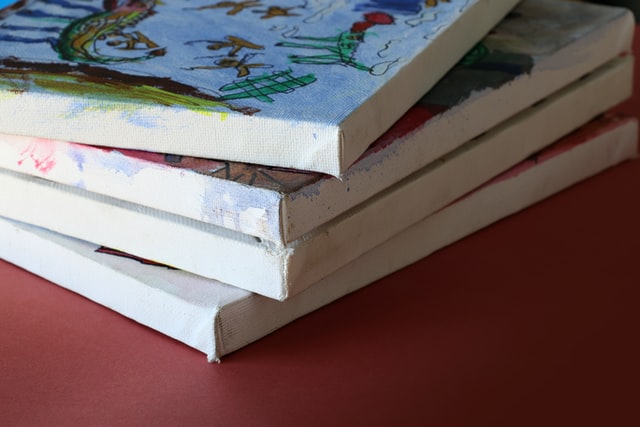Despite the fact that there are other surfaces that can be used for painting, canvas is the most popular choice among painters. It’s almost as crucial to choose the right canvas for your piece as it is to create it. Various weights, materials, and textures are used to make canvasses, and each one has unique properties.
Some are more resilient than others, some are somewhat or significantly textured, and prices range from extremely affordable to extremely expensive. How does a painter choose the kind of canvas that they want to use? Learning about canvases is the first step, and deciding what is ideal for each particular piece of art is the last.
What Distinguishes Ready-Made Canvas from Hand-Stretched Canvas?
If you’ve been painting for a while, you’ve probably been inside a hobby or craft shop where there are a ton of canvases waiting to be painted. Unless the store is having a great discount, these can be a little expensive. The idea is to learn once they have their best bargains and stock up because the majority of stores do run sales frequently.
However, use caution and make absolutely sure you get the appropriate canvas for the style of art you want. You may type in certain keywords when placing an online order to help guarantee you get the appropriate item.
For instance, oil paintings should never be done on oil canvases, and acrylic paintings should not be done on acrylic canvases. If you use the incorrect kind of pigment on them, it will probably peel off later because they are prepared differently.
The simplest and most cost-effective option for a novice to purchase canvas is occasionally obtaining a pre-stretched canvas. In some cases, you could even buy tiny training canvases in quantity and save a great deal of money.
What Kinds of Painting Canvases Are There?
An art canvas can be categorized by material and weight. Sometimes, the quality of the canvas coincides with its weight. Synthetic, natural fibres, and hybrid canvases are all available.
Heavy Canvases
Jute twill and cotton, flax, or cotton duck are the materials used to make the largest and also most textured canvases. They are coarse and heavy, but cotton duck is regarded as a superior grade of canvas because it is not as coarse.
Light Canvases
Light, cheap cotton canvases work well for experimental paintings but are not recommended for classics since they contract and expand more with time. Cotton rayon, hessian, and linen are further canvas materials.
Linen
The finest kind of canvas is thought to be linen, which is also the most enjoyable to work with. There are few bumps and knots, and the surface is silky. It works well for artwork if you don’t want the canvas’s surface to significantly affect how the piece turns out. It costs extra money as well.
Cotton-Rayon
Cotton-rayon is a synthetic and fabric fabric mix that is frequently quite robust. The most typical canvas is this one, which is often what you get when purchasing a stretched, primed canvas. This kind of canvas has a tendency to withstand chemical deterioration, last longer, and retain elasticity over time.
